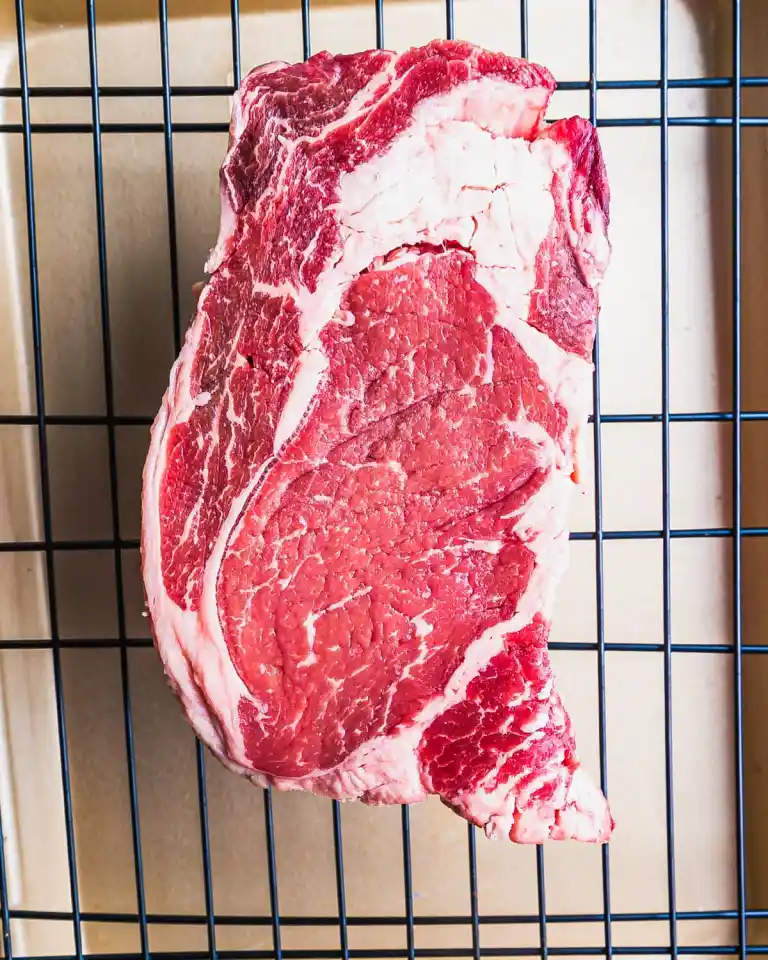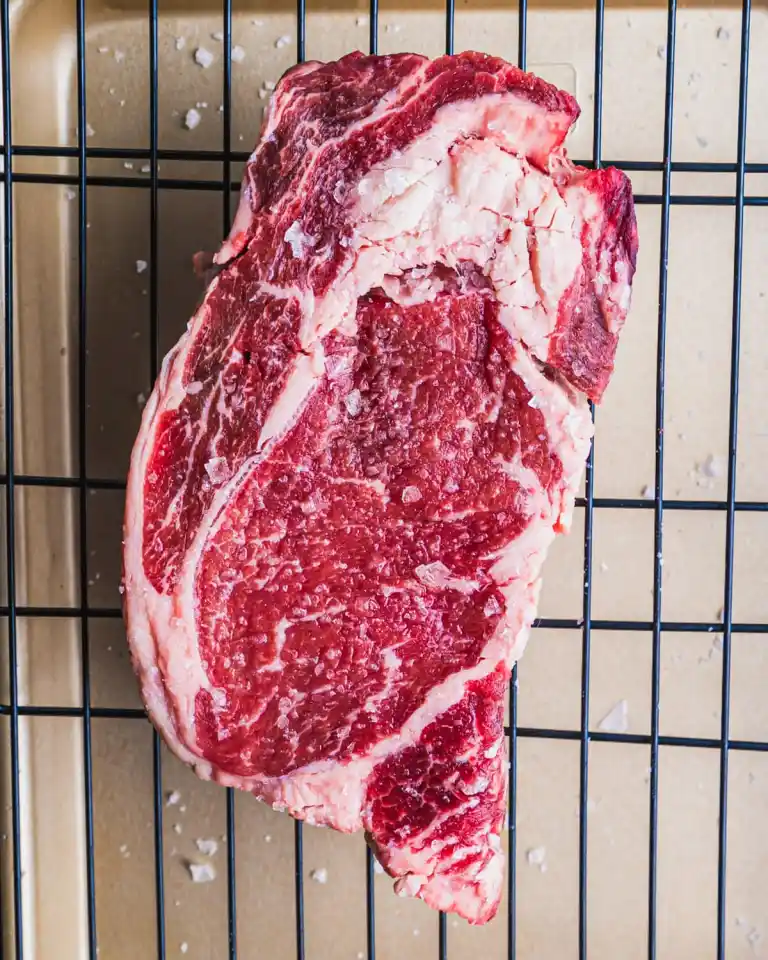Reverse Sear Steak with Garlic and Thyme
- Sales Team
- Feb 6
- 4 min read
Updated: Feb 16
Alright, steak aficionados, gather 'round! Forget everything your grandma told you about searing first – we're flipping the script with the reverse sear, the secret weapon for steak nirvana.

Think of it as a spa treatment for your steak, followed by a quick, sizzling tan. The result? A perfectly pink, juicy masterpiece from edge to edge.
Now, I know what you're thinking: "Reverse sear? Sounds fancy." It is, but in a deliciously simple way. Sure, it takes a tad longer than the old-school method, but trust me, the payoff is huge. We're talking steak so tender, it'll practically melt in your mouth. Forget that gray band of overcooked sadness around the edges – we're going for wall-to-wall pink perfection.
Traditional steak wisdom says you sear first to "lock in the juices." Yeah, well, we're throwing that wisdom out the window (gently, of course). Instead, we pamper our steak in a low oven until it reaches its ideal temperature, then we unleash the heat for that glorious crust.
Now, let's talk temperature. Think of it as your personal steak fingerprint. What's "perfect" for me might be "meh" for you. Experiment a little, find your sweet spot, and you'll be a steak whisperer in no time.
First things first: Take your steak out of the fridge and give it a good salt rub. We're talking kosher salt here, the good stuff. Coat that sucker generously – think of it as a mini dry brine. This is where the magic happens – the salt penetrates the meat, seasoning it from the inside out. You can do this 30 minutes before cooking, or even a day ahead if you're feeling organised. Just let it hang out uncovered in the fridge.
The photo is showing the steak after a 1 hour dry brine at room temperature.
Next, preheat your oven to a cozy 94 degrees Celsius. Yes, you read that right. We're going low and slow. Pop your salted steak on a rack in the centre of the oven. This is where the patience comes in, but trust the process.
After about 30 minutes, start checking the steak's temperature with a meat thermometer. Stick it in the thickest part, avoiding any bone or fat. My ribeye was around 30ºC at this point. Back into the oven it goes! Check it every 10-15 minutes until it hits 38ºC.
Now, I know what you’re thinking. “38ºC? That’s it?” Yep. It might look a little…underwhelming. But this is where the magic happens.
Yes, it appears this way. However, it's the next step that provides us with that beautiful crust.
Get your cast iron skillet screaming hot – I mean sizzling. Sear that steak for 45-60 seconds per side. Boom. Crust perfection.
The best part? With this method, you don't really need to let the steak rest. I usually give it five minutes with a knob of garlic butter, because, well, garlic butter.
As for the cut? Go thick or go home. We're talking at least an inch, and if you're cooking multiple steaks, make sure they're roughly the same size for even cooking.
So there you have it. The reverse sear. Your new secret weapon for steak domination. Go forth and conquer!

Ingredients:
• 2 steaks, about 1-inch thick
• salt and freshly ground black pepper
• 2-3 tablespoons vegetable oil vegetable oil
• fresh thyme and garlic cloves
Directions:
Preheat oven to 94 degrees.
Line a baking sheet with aluminium foil. Spray an oven-safe baking rack with cooking spray and place inside the baking sheet.
Generously season both sides of steaks with salt and pepper. Place on baking rack. Insert a probe thermometer into the thickest part of the largest steak, making sure the tip of the thermometer isn’t touching any bones or large chunks of fat.
Bake until steaks reach your desired temperature (Set the temperature alert on your thermometer to 38ºC). This will probably take around 45 minutes to an hour.
When steaks have a few degrees left to go, start preheating a large, heavy skillet set over medium-high heat. A cast iron skillet is perfect here, but it does need about 5 to 10 minutes to thoroughly preheat (a thinner skillet won’t take quite as much time). You really want this pan super-hot – a drop of water hitting the pan should violently sizzle and almost instantly disappear.
Add a few tablespoons of vegetable oil to the skillet and heat until smoking.
Using tongs, transfer steaks (remove the probe first) to hot skillet, being cautious of hot oil splattering. Sear for 60 seconds, then flip and cook for another 60 to 80 seconds more. Once you flip the steaks you can add a handful of fresh thyme and peeled garlic cloves, if desired, for some extra flavour and colour.
If you are cooking more than 2 steaks at a time, I recommend searing them in batches of 2 so as not to overcrowd the pan. Let the skillet reheat completely before searing the second batch.
Remove steaks from skillet and transfer to a cutting surface. Slice across the grain and serve while still warm.
We recommend pairing your steak with -
Opaque core into a deep ruby rim. Very fragrant nose of violets, raspberries and white pepper spices. That fragrance carries onto the palate with florals, bright fruits and underlying iodine and blood sausage notes. With all that flavour intensity it still sits as medium-bodied, with powdery tannins and a spritz of acidity. Great length.

_edited_edited.png)








Comments